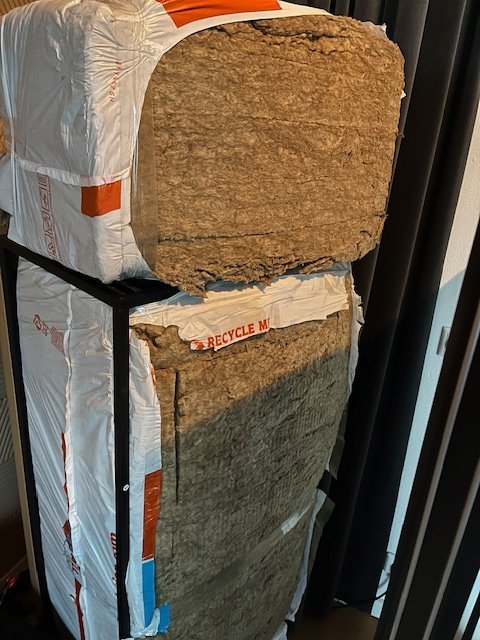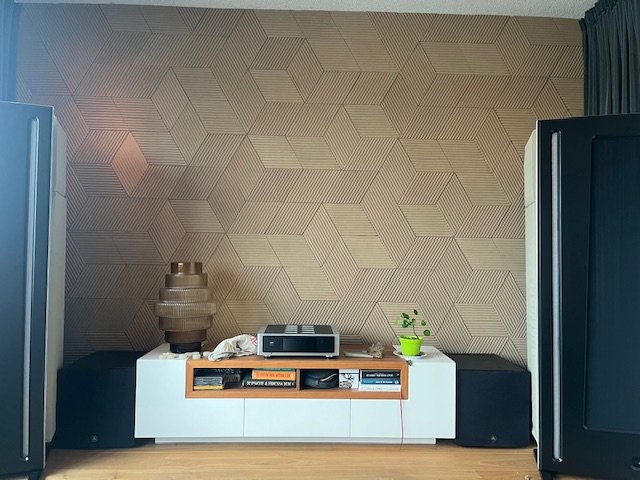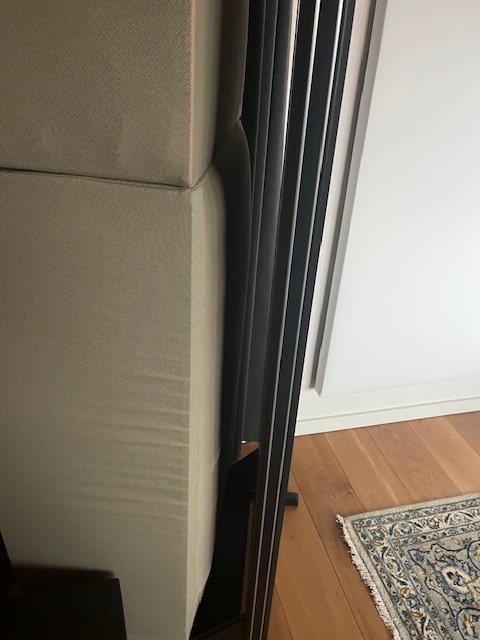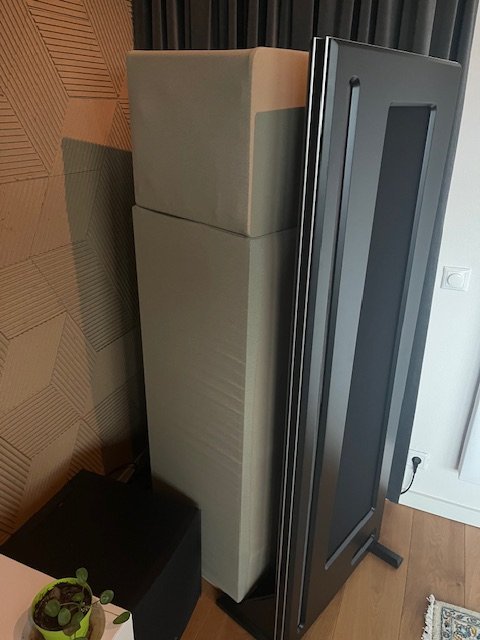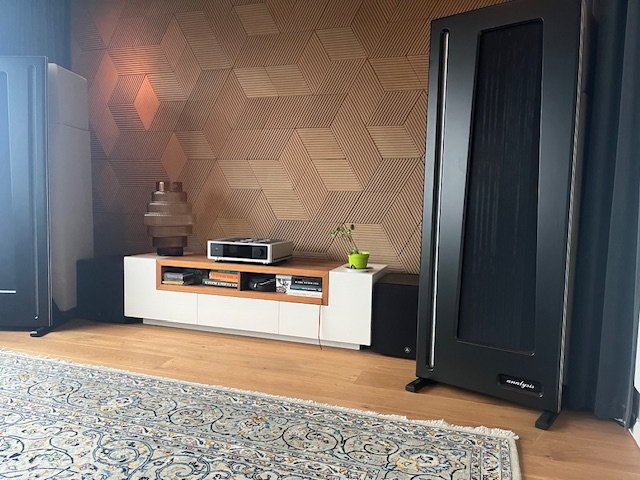Hello everyone,
I’m new to this forum and have been following this thread, along with several others on panel speakers, before deciding to purchase a pair of Audio Analysis Omega speakers. It’s refreshing to find a detailed discussion about these speakers, as they don’t get as much attention online. For those unfamiliar, the Omegas were updated with new internal filters and more durable rubber components in recent years.
Over the years, I’ve had the chance to experiment with many systems in my listening room, including high-end Dalis, D&D cardioid speakers (along with some homemade designs), Kharma speakers, and large transmission lines. However, the Analysis Audio Omega speakers stand out as the best I’ve ever owned—or listened to.
I’ve also spent time with Apogees, Magnepans, and AMT-based speakers, which I’ve particularly enjoyed. Cardioid systems also impressed me with their controlled dispersion characteristics. In general, I’ve found that speakers with controlled directivity deliver the best performance, and proper room acoustics play a crucial role in achieving great sound.
That said, I’m not particularly fond of the sound of horns or Tannoy’s dual-concentric design. While some of these systems can be excellent, they’ve never felt quite perfect to me. The same goes for most conventional “normal” speakers, whether closed-box or bass-reflex designs. Over the years, I estimate I’ve listened to over 80-100 setups across all price ranges: some very exotic!
The Omegas, paired with two JL-E112 subwoofers, BACCH binaural software, and a NAD M33 amplifier, form one of the most impressive audio systems I’ve experienced in a typical listening room.
To optimize my setup, I use REW to fine-tune the system and identify the best PEQ settings for Roon DSP. The result? Whether I’m enjoying classical, jazz, pop, or dark ambient, the listening experience is an absolute pleasure. The sound is smooth, detailed, natural, and incredibly three-dimensional—like being enveloped in a bubble of sound.
I personally prefer a strong, focused soundstage rather than the diffuse “wall of sound” effect often associated with dipole speakers like Magnepans. To achieve this, I’ve placed large bass absorbers (170x40cm) 10 cm behind the speakers to cancel the backwave. This adjustment has resulted in an incredibly pinpointed soundstage, something I didn’t realize was possible with dipole speakers until someone suggested it to me.
The speakers are positioned in a listening triangle, with roughly 3 meters between each point, and the results have been phenomenal. If you ever get the chance to try these speakers, I highly recommend it. I don’t think I’ll ever go back to traditional cone speakers for midrange and high frequencies.
Later this week, I plan to test tube power amplifiers in my system. I’m curious to see if they can enhance the already airy quality of these large ribbons.















